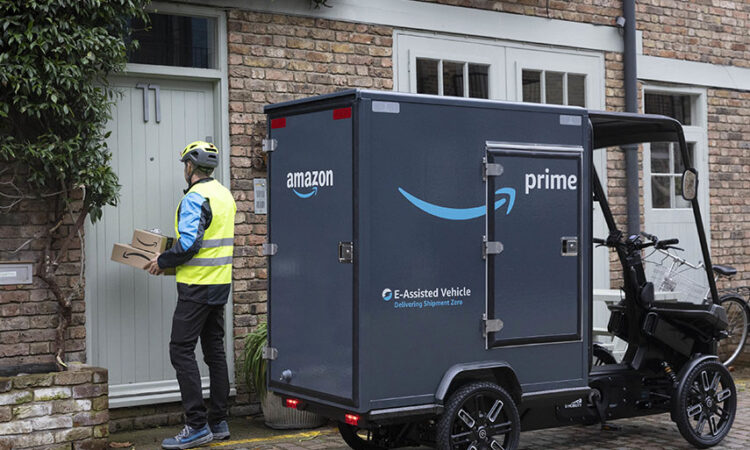
3. And first-time buyers turn to 36-year mortgages. But buyer beware…
Taylor Wimpey, the UK’s largest housebuilder, said that the number of first-time buyers taking on 36-year mortgages has more than tripled. In the first half of the year, 27% of its first-time buyers took out this term, compared to 7% in 2021. Rising interest rates have caused buyers to spread their debt over longer periods to reduce monthly payments. Ultimately, it means they borrow more. Some experts say the trend is concerning as it could have a long-term impact on retirement savings. Data from the BoE showed a slight rise in mortgage approvals in June, but analysts say it predates the increase in borrowing costs.
4. Apple and Amazon have a bumper week
It seemed that the cost-of-living crisis might finally take its toll on Apple, with sales of high-end ‘essentials’ iPhones, Macs, and iPad lines all falling last quarter. But thanks to Apple’s profitable services business, its revenue and profit exceeded expectations – which more than made up for tapering product sales. Its shares, which have risen more than 50% this year, fell 2.2% in Thursday’s after-market trading.
As for Amazon, it has maintained a not-to-be-sniffed-at single-digit growth for five out of the last six quarters. But investors will be pleased to hear that in the last quarter it’s back in double digits. This march was led by revenue growth of 12% for Amazon Web Service. AWS offers cloud services to businesses and is the main driver of profit for Amazon. But the e-commerce didn’t do badly either reporting 10.5% growth. Overall, it meant that revenue was up 11%. The shares – which are also 50%-ers in 2023, added 9% in after-market trading. Not a bad week – or year – for either of these “FAANG” giants.
5. The US government’s credit rating gets marked down
Stock markets around the world reacted negatively to an unexpected downgrade by a leading agency of the US government’s credit rating from AAA to AA+. Fitch cited an expected worsening in America’s fiscal position over the next three years, high levels of government debt and a deterioration in standards of governance over the past two decades. The downgrade followed a similar move by Standard & Poor’s 12 years ago. The long-term impact for investors is unclear. In the short-term, bond prices rose in value as investors sought out safe havens. Despite the downgrade, US Treasury bonds are considered among the safest investments of all.
Source:






